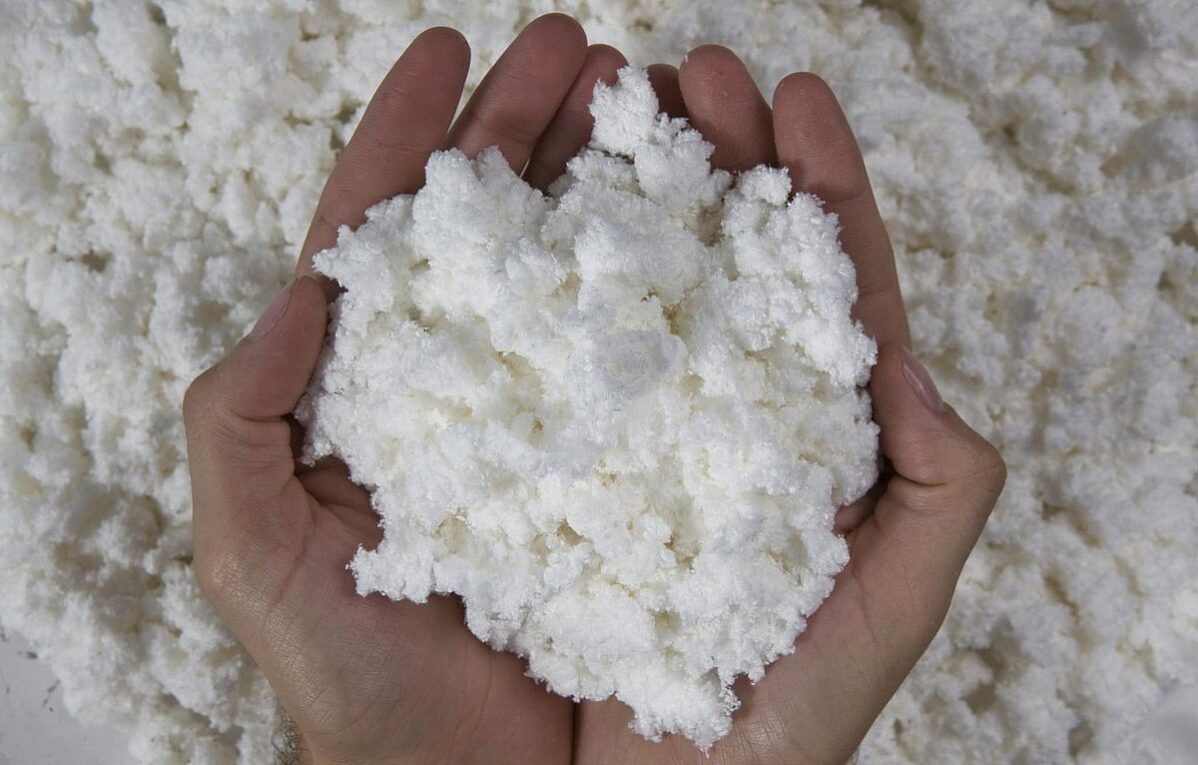What is Dissolving Pulp?
Dissolving pulp, also known as cellulose pulp, is a type of wood pulp produced from either chemical pulping or chemi-thermomechanical pulping (CTMP) processes. It contains over 90% pure cellulose content, which makes it ideal for further processing into various derivatives and specialty cellulose products. Dissolving pulp has a number of uses in industries like textiles, pharmaceuticals, consumer goods and more.
The Production Process of Dissolving Pulp
Dissolving pulp is made from either deciduous or coniferous trees through specific pulping techniques. In chemical pulping, wood chips are cooked with chemicals like sodium hydroxide and sodium sulfide to remove lignin, hemicellulose and other impurities. This leaves a high-grade cellulose pulp. CTMP uses a combination of thermal, chemical and mechanical treatments to extract cellulose while reducing energy use. After processing, the pulp is screened, washed and dried before being baled and shipped to manufacturers. Stringent quality controls ensure the dissolving pulp meets industry standards.
Uses in Textile Fibers
One of the largest end uses of Dissolving Pulp is in the production of man-made cellulosic fibers. These fibers are used to make textiles like viscose rayon, lyocell, modal and acetate. Viscose rayon is the most common fiber, accounting for over 80% of global dissolving pulp demand. It resembles silk or cotton and is used in clothing, home textiles and more. Other fibers offer properties like softness, moisture wicking and environmental benefits. Dissolving pulp allows the textile industry to produce sustainable alternatives to synthetics or cotton.
Pharmaceutical Applications
The pure cellulose content and consistent quality of dissolving pulp make it suitable for various pharmaceutical applications as an excipient or additive. It is used in the manufacture of capsules, tablets, films and lozenges to act as a binder, disintegrant or coating agent. Dissolving pulp helps control dissolution rate, improve flow properties and enable controlled or extended drug release in the body. The cellulose derivatives produced from it also find uses as thickeners in ointments and suspensions.
Specialty Cellulose Products
Chemical modification of dissolving pulp yields derivatives used in a broad spectrum of specialty products. Cellulose ethers like hydroxypropyl methylcellulose (HPMC) find application as thickeners, binders, film formers in foods, pharmaceuticals and personal care items. Carboxymethyl cellulose (CMC) is an important emulsifier and stabilizer.Cellulose esters including cellulose acetate and nitrocellulose are blended with other polymers for specialty applications in coatings, laminates, electronics and more. These products take advantage of cellulose’s renewable nature and customizable properties.
Food Additives and Consumer Goods
As a versatile food additive, cellulose derived from dissolving pulp is used as a thickener, anti-caking agent, stabilizer and encapsulation material. It adds body and texture to foods without altering flavor or color. In cosmetics and personal care items, cellulose acts as an anti-caking agent in powders, stabilizes emulsions, improves viscosity and has texturizing properties. Dissolving pulp is the starting material for nonwoven products like filters, wipes and sponges serving consumer and industrial needs. The high purity pulp ensures product quality and safety.
Global Market and Supply Trends
Softwood is the predominant raw material and Canada, Brazil and Nordic countries like Sweden and Finland are among the top global suppliers of dissolving pulp. Most production capacity expansions are also taking place in these regions. The global market for dissolving pulp is expected to grow as textile manufacturers increase production to replace oil-based synthetics. However, demand and supply dynamics may fluctuate depending on economic conditions and fiber substitution trends. China is a major dissolving pulp consumer while newer markets are emerging in South East Asia and India. Biorefining is an area that could further boost cellulose yields from pulp mills.
Manufacturing Process Improvements
Producers are continuously working to enhance manufacturing efficiency, lower costs and reduce environmental impact. Advances in pulping technologies and material handling help optimize yields from raw materials. Closed-loop systems that reuse chemicals and minimize wastewater effluents showcase mill sustainability. New equipment designs improve energy efficiency while greater automation reduces manual tasks. Careful quality management ensures a consistent, high performance product. R&D leverages the unique qualities of cellulose to expand into niche markets and new applications, improving profit potential for dissolving pulp suppliers.
Dissolving pulp produced from sustainable wood sources serves as a vital feedstock for industries manufacturing textile fibers, pharmaceuticals, food additives and specialty cellulose derivatives. Advancements in production techniques combined with growing end use demand worldwide will likely influence global trade flows and investments in this renewable resource based business. As applications proliferate, dissolving pulp establishes itself as a key ingredient in basic materials as well as specialty products on both commodity and industrial scales.
*Note:
1. Source: Coherent Market Insights, Public sources, Desk research
2. We have leveraged AI tools to mine information and compile it

